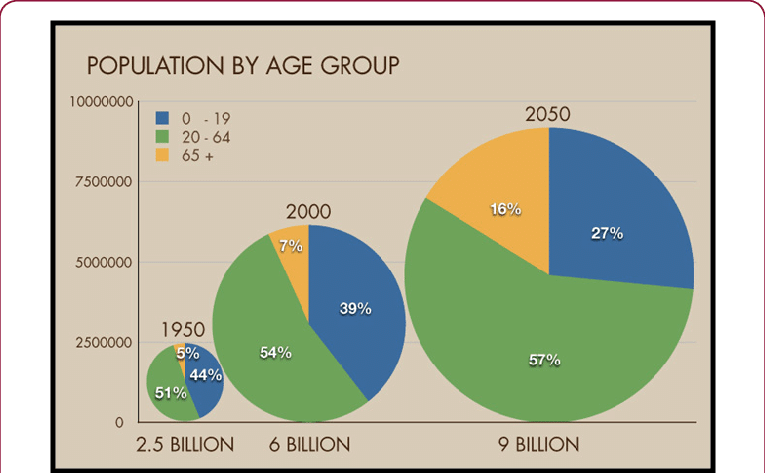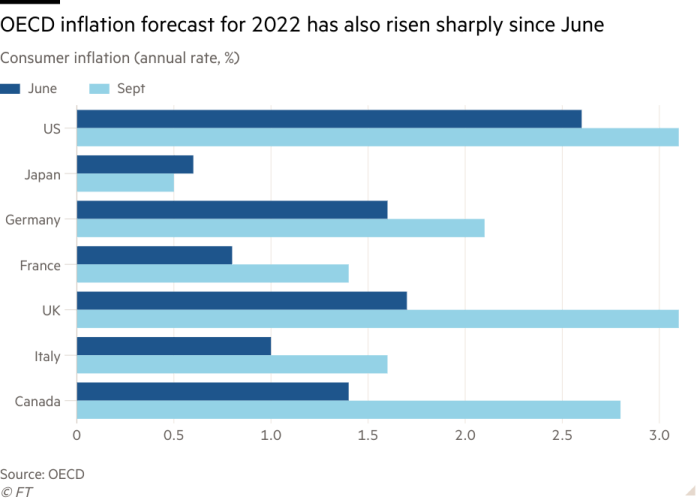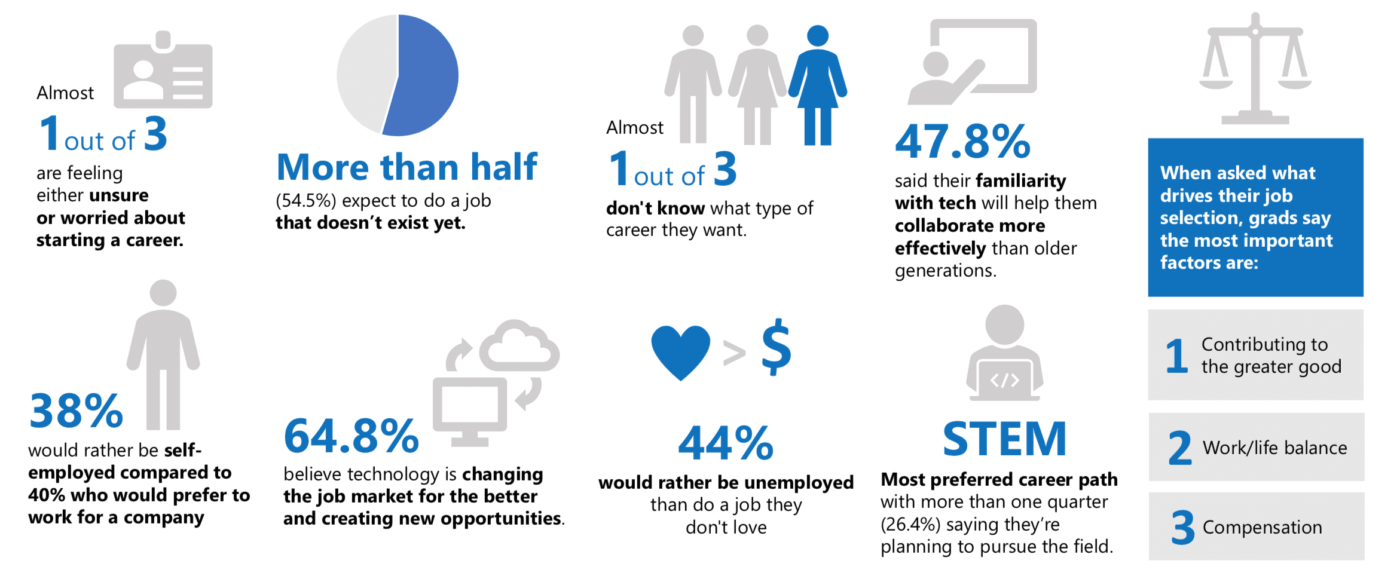Since the pandemic began, retail has been in a state of near-constant crisis and change. For those who have made it this far in solid shape, a new challenge is arising that poses a longer-term threat: staffing. As headlines across the continent state loud and clear, there is a shortage of workers especially in frontline jobs such as retail and foodservice. In this blog we will explore why this shortage is not about to end any time soon and what needs to happen to create a sustainable staffing model for the future.
THIS PROBLEM PRE-DATES COVID AND WON’T GO AWAY WHEN THE PANDEMIC IS RESOLVED
Many have blamed government pandemic payments for the lack of workers flocking back to previous positions as dishwashers, cashiers and clerks. However, those government checks are running out and there has not been a corresponding surge of workers running back to those roles. What is happening here?
PRE-COVID TRENDS THAT ARE TIGHTENING THE LABOUR MARKET
A number of factors are contributing which we will explore in this blog – here are the big ones:
- The aging population
- Rising cost of living
- Quality of work environment
- A highly educated workforce
- Shifting values for younger generations
These trends represent areas of opportunity for companies to future-proof their staffing model – however, it will require new ways of thinking that may seem revolutionary for some.
TREND 1: THE AGING POPULATION
The low birth rate means as boomers retire, there are not enough workers to replace them. This is not just a North American problem. Birth rates have plummeted in wealthy countries around the globe.
- In China, campaigns to get aging workers to stay at work longer, pension funds going bankrupt and loosening of the “one-child” rule are direct responses to a labour shortage driven by retirement.
- In Japan, low birth rates have contracted growth since the 1990’s.
- By 2034, American seniors will outnumber children.
- In Italy, COVID deaths were higher per capita largely due to the disproportionate number of elderly people in their population.
During the pandemic, many chose to retire a few years earlier than anticipated. Some of these workers may regret complete retirement and be interested in part-time work.
Future Staffing Models Need to Tailor Positions for Senior Workers
The aging population represents an opportunity for retailers if they are willing to create shorter shifts and offer flexibility for those who may want to keep active and engaged through a simple job, such as working in a coffee shop a few days a week. Some seniors will need to delay retirement given the state of pension funds and insufficient savings. Making the jobs viable for seniors will be a win-win for retail brands that can do it right.
TREND 2: RISING COST OF LIVING
Housing costs are out of control. Inflation is pushing up the cost of commodities while wages remain relatively unchanged since the 1980’s. Minimum wage is not enough to cover the cost of living, forcing many to work two or three jobs to make ends meet. The sustainability of this model is now running up against a wall.
Full-Time Hours and A Living Wage
Companies have been forced to pay more just to get applicants. Going above minimum wage is now par for the course. However, there’s more to it than just the hourly pay. Scheduling abuse has run rampant in retail and hospitality for years, always keeping workers on call but under the number of hours that would move them into the full-time category. Benefits have been slim to none.
Brands need to completely overhaul staffing compensation and scheduling to eliminate scheduling abuse and offer compensation packages that reflect the value a long-term worker brings to a company. Workers are very confident about leaving their current position and as that accelerates competitive wages, benefits and perks, this confidence will stay strong for the foreseeable future. Those who land in a position where the compensation allows them to live a decent life will be likely to stay longer and recruit others to join the company.
TREND 3: THE QUALITY OF WORK
Retail jobs have been tough over the last two years. Workers have been asked to come in early to do additional cleaning, police COVID policies and endure abusive non-compliant customers, all with very little (if any) additional compensation. Some companies gave workers additional pandemic pay and then took it back.
But let’s go back before the pandemic to have a frank conversation. There are some retail brands that were already on the journey to making retail jobs better jobs that had a pathway to long-term careers. However, they were in the minority. Some retail companies intentionally refuse to promote any frontline worker to management roles. “The customer is always right” has given customers the license to be rude, abusive, and humiliating to workers who are simply doing their job. The question retailers need to be willing to ask themselves honestly is whether they would be willing to work in their own stores.
The Future of Retail Work is Human-Centric, Not Just Customer-Centric
Retail and restaurant jobs used to be fun. There was a sense of teamwork, excitement and energy that hooked people who intended to go another way… and ended up in retail for life. We need to re-energize retail work by cleaning up shop.
Retail and hospitality need to take security off the plates of customer service workers. We need to rethink how much abuse we are willing to tolerate in the name of customer service – other customers do not appreciate bad behaviour and want to see offenders out of the store. Employees are not public punching bags, and the loss of a miserable customer should be considered a win. Managers need to be intervening sooner, armed with the skills to de-escalate. If these measures are ineffective, managers need to be empowered to say “no” and have the offending party removed from the premises.
Retailers also need to nurture the careers of those who excel. This means promoting from within and providing educational support for those who need it. Retail often attracts workers who are unable to access post-secondary education due to socio-economic factors. Many of these workers may be tomorrow’s retail superstar leaders, if given the opportunity. Credentialism not only makes it harder to recruit and win candidates, but it excludes workers who may have superior talent. Recognizing talent and ability and providing alternative pathways to leadership roles are critical in ensuring companies have the best talent in the right position.
TREND 4: A HIGHLY EDUCATED WORKFORCE
Gen Z is poised to be the most educated generation in history. In fact, part of the post-pandemic labour shortage is due to workers leaving retail, foodservice and other service sector jobs to work in professional positions. To replace those workers, retail and hospitality will have to be more expansive in recruitment strategies.
Casting a Wider Net
Retail brands often have a strong sense of who they want working at their frontlines. Although unspoken, often these preferences include demographics such as age, appearance and gender that become self-fulfilling biases. Sephora is an example of a retailer that has busted this by systematically ensuring their staff are as diverse as their customers. Worrying less about category experience and demographics will help brands open their doors to more options. Personality traits should be the focus rather than external factors.
Additionally, community level engagement is critical to sustaining longer term staff loyalty. Recruiting for an entire country on one website will miss the “on the ground” opportunities, such as employee referrals, candidate pools that may not be considering retail, and local teens. Being able to apply on site is a key advantage retailers have over other frontline positions.
Also consider giving recruiting bonuses to current staff who refer a friend and promoting this program.
TREND 5: SHIFTING VALUES
Younger generations are driving issues of social justice and climate change into the workplace. They don’t want to work for an employer who doesn’t share their values and will hold a special contempt for brands that present a positive face to consumers while allowing work culture to stay in the dark ages.
What are the things that younger generations will demand of an employer?
Firstly, respect. No longer can a manager expect to shut down an employee simply because they are inexperienced and young. HKM has experts on handling employee disputes. Secondly, they want to believe in the big picture. They want inspiring leaders who are working towards something bigger than products or services. This may seem lofty but it’s what consumers want as well and is where industry leaders are already heading. And lastly, they want to feel like they are making a difference. Here is where younger generations can shine in a service role, if inspired and motivated to do so.
The opportunity: Inspired leadership that takes the brand beyond selling stuff
If COVID has done anything for us, it has provided an opportunity to reset. If your brand has survived the pandemic, it deserves the chance to thrive into the future. This requires vision.
Companies need to hire leaders with passion and give them enough time to bring their perspective to the organization – basing a CEO’s tenure on quarterly sales’ is problematic and is killing innovation in organizations that desperately need it. Creating a long-term plan and staying on track is critical to future success. Leaders like Nike are leapfrogging the competition not only through creative ideas, but with the discipline, partnerships and resources to bring them to life.
HOW DO WE EVEN START TO TACKLE THIS PROBLEM?
It starts with leadership that is invigorated and enabled to make big changes quickly with appropriate resources and budget to make it happen.
But it also starts with small steps: Scotiabank recently announced it would no longer require resumes for their campus recruitment programs to create a more accessible process. Removing this standard practice from their hiring process could be revolutionary and have a domino effect, impacting the entire organization from the ground level up.
The first step is creating a dedicated team to begin to work through the challenges your organization is facing. There are likely some urgent needs that can be addressed through some interim strategies, but creating a long-term road map with sufficient resources and leadership to bring them to fruition is the most important place to start.




